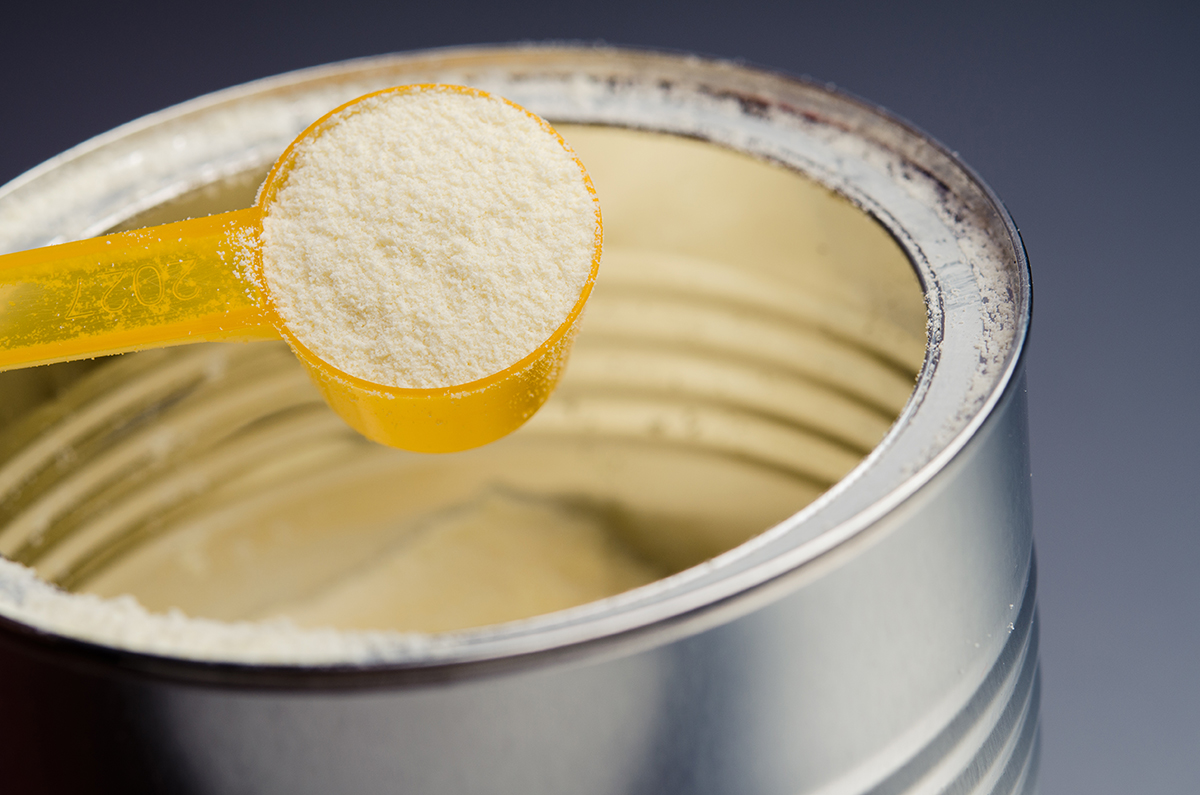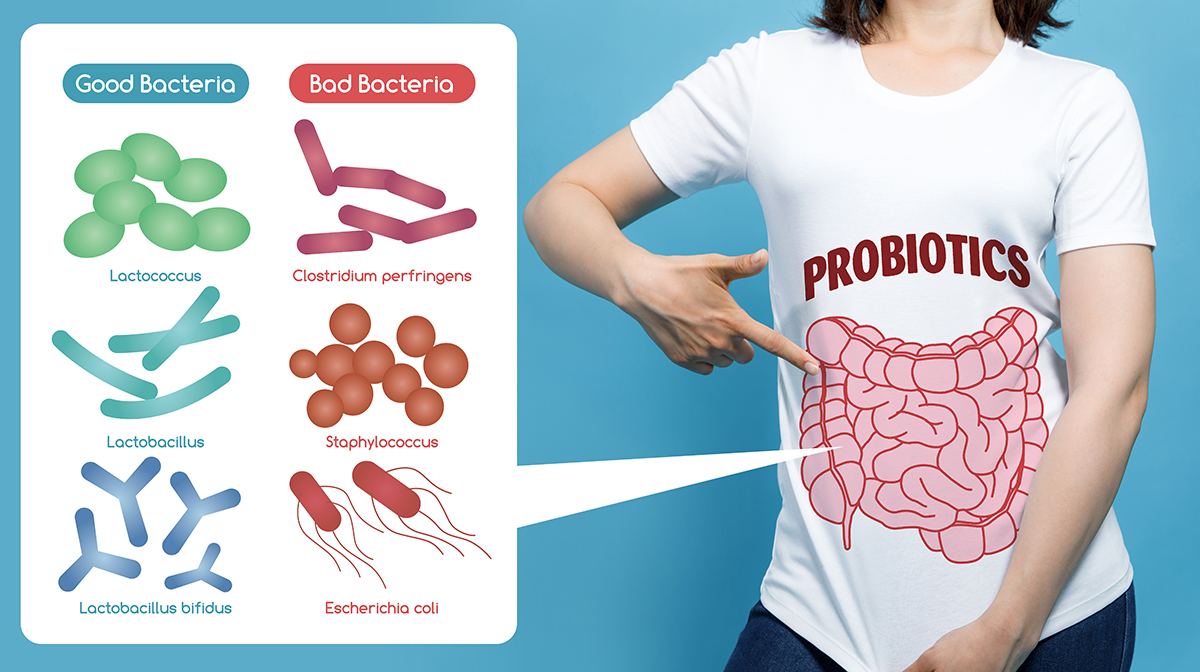10 Ways to Ensure Your Baby is Getting Enough Calcium in Their Diet

Is your baby getting enough calcium? Calcium is an essential nutrient for building strong and healthy bones. This in turn helps protect your baby’s internal organs and allows their bones to make blood cells and store minerals. Calcium also helps other parts of the body to function properly, like the muscles, blood vessels, and the nervous system.
Adequate calcium consumption is important for your baby’s growth and development, such as taking their first steps and for playing (climbing, tumbling, running, and jumping). If your baby isn’t getting the right amount of calcium they need each day or you’re wondering how they can meet their recommended daily intake (RDI) of calcium, here are 10 tips and tricks for making sure your baby is getting enough calcium.
1. Take them to the doctor to determine their RDI of calcium
Each baby is different, so take your baby to the doctor for a calcium blood test to determine if they have calcium deficiency and to find out what their individual RDI of calcium is. Generally, babies aged 0-6 months need 210 mg of calcium a day, babies aged 7-12 months need 270 mg, and babies aged 1-3 years need 500 mg.
2. Expand beyond the dairy aisle
When we think about how to get enough calcium, we often think about increasing our intake of dairy products. However according to the Harvard Public School of Health, dairy is not the only (or even the best) source of calcium. Although there is definitely a calcium benefit within dairy products and they can work to lower the risk of osteoporosis, they are also high in saturated fat and retinol, which can actually (ironically) weaken bones.
For your little one, limit milk and dairy foods to one or two servings per day. There are plenty of other calcium-rich, nondairy foods that will be better for your child’s bone development and overall health in the long term. Let’s take a look at some examples.
3. Give them fruits and veggies
- Cut fruits into cubes and freeze them to turn them into ice popsicles.
- Serve dried figs and oranges as snacks.
- Add a serve of spinach or broccoli to a plate.
- Add spinach to sandwiches.
- Add kale to a smoothie.
- Serve vegetable sticks (carrot) with dips like hummus or salsa.
- Serve broccoli with dips (cheese or sesame sauce, salad dressing, tomato ketchup).
- Sprinkle grated cheese over broccoli.
- Use broccoli as a filling for omelettes or a topping for pizza.
- Serve roasted sweet potatoes with seeds or herbs.
- Make sweet potato chips.
- Serve cooked or tinned fish such as sardines, salmon, or tuna with bread or rice.
- Coat sardines, salmon, or tuna in a batter of wholegrain breadcrumbs.
- Mix sardines, salmon, or tuna with tofu, potatoes, or rice to make sushi fish balls or fish cakes.
- Serve a cup of calcium-fortified soy milk or rice milk.
- Offer calcium-fortified yoghurt as a snack or dessert.
- Serve a bowl of calcium-fortified cereal with milk.
- Serve two slices of calcium-fortified bread with cheese, veggies, or fish.
- Offer a glass of calcium-fortified orange juice.
- Use calcium-fortified orange juice instead of sweetener when baking food.
- Spread peanut butter, almond butter, or Tahini (sesame seed butter) on biscuits.
- Drizzle peanut butter, almond butter, or Tahini on toast.
- Offer almonds, hazelnuts, peanuts, or Brazil nuts as snacks.
- Sprinkle sesame seeds over salads or veggies.
- Serve food with legumes such as soybeans, fresh peas or beans, and pulses (dried beans or peas, chickpeas, lentils).
- Add cannellini beans to spaghetti bolognaise.
- Make green pea soup.
- Serve wholegrain foods such as wholegrain bread or brown rice.
- Offer wholegrain cereals and biscuits as snacks.
- Serve corn tortilla or tortilla chips as snacks.
- Add tofu (made with soy milk and soybeans) to stir fry or miso soup.
- Use regular molasses or blackstrap molasses in oatmeal as a sweetener.
4. Include fish in their diet
- Serve cooked or tinned fish such as sardines, salmon, or tuna with bread or rice.
- Coat sardines, salmon, or tuna in a batter of wholegrain breadcrumbs.
- Mix sardines, salmon, or tuna with tofu, potatoes, or rice to make sushi fish balls or fish cakes.
5. Feed them calcium-fortified products
- Serve a cup of calcium-fortified soy milk or rice milk.
- Offer calcium-fortified yoghurt as a snack or dessert.
- Serve a bowl of calcium-fortified cereal with milk.
- Serve two slices of calcium-fortified bread with cheese, veggies, or fish.
- Offer a glass of calcium-fortified orange juice.
- Use calcium-fortified orange juice instead of sweetener when baking food.
6. Offer them nuts, almonds, seeds and legumes
- Spread peanut butter, almond butter, or Tahini (sesame seed butter) on biscuits.
- Drizzle peanut butter, almond butter, or Tahini on toast.
- Offer almonds, hazelnuts, peanuts, or Brazil nuts as snacks.
- Sprinkle sesame seeds over salads or veggies.
- Serve food with legumes such as soybeans, fresh peas or beans, and pulses (dried beans or peas, chickpeas, lentils).
- Add cannellini beans to spaghetti bolognaise.
- Make green pea soup.
7. Provide them with wholegrains and other carbohydrates
- Serve wholegrain foods such as wholegrain bread or brown rice.
- Offer wholegrain cereals and biscuits as snacks.
- Serve corn tortilla or tortilla chips as snacks.
8. Add tofu and molasses (black treacle) to their food
- Add tofu (made with soy milk and soybeans) to stir fry or miso soup.
- Use regular molasses or blackstrap molasses in oatmeal as a sweetener.
9. Let them take calcium supplements
You can top up your baby’s daily intake of calcium with the CATALO Children’s Colostrum Formula, CATALO Children’s Milk Calcium Formula (Zinc Added), or CATALO Children’s Whole Foods Calcium+C Active Probiotics Formula.
These supplements provide calcium and other nutrients to promote bone, muscle, and cartilage growth and development. They can also increase bone density and strength, keep muscles healthy, and help the body to absorb nutrients. Their content is almost identical to human bone structure, plus they’re easily absorbed and highly bioavailable.
They come in tablets with vanilla or blueberry flavour. The tablets can be chewed, or crushed and mixed with food or milk – perfect for fussy little ones!
Getting enough calcium a day keeps the doctor away
If your baby gets enough calcium in their diet, you can limit their chances of health problems such as rickets, osteoporosis, insomnia, paraesthesia, and difficulty losing weight later in life. Your baby’s bones will also be strong enough to reduce bone breakage from accidents. So, if you want to keep your baby healthy and reduce your number of doctor visits, make sure your baby gets enough calcium each day.




